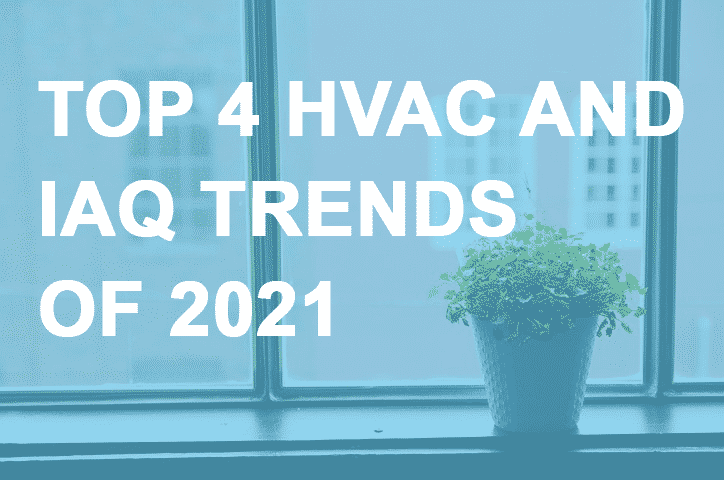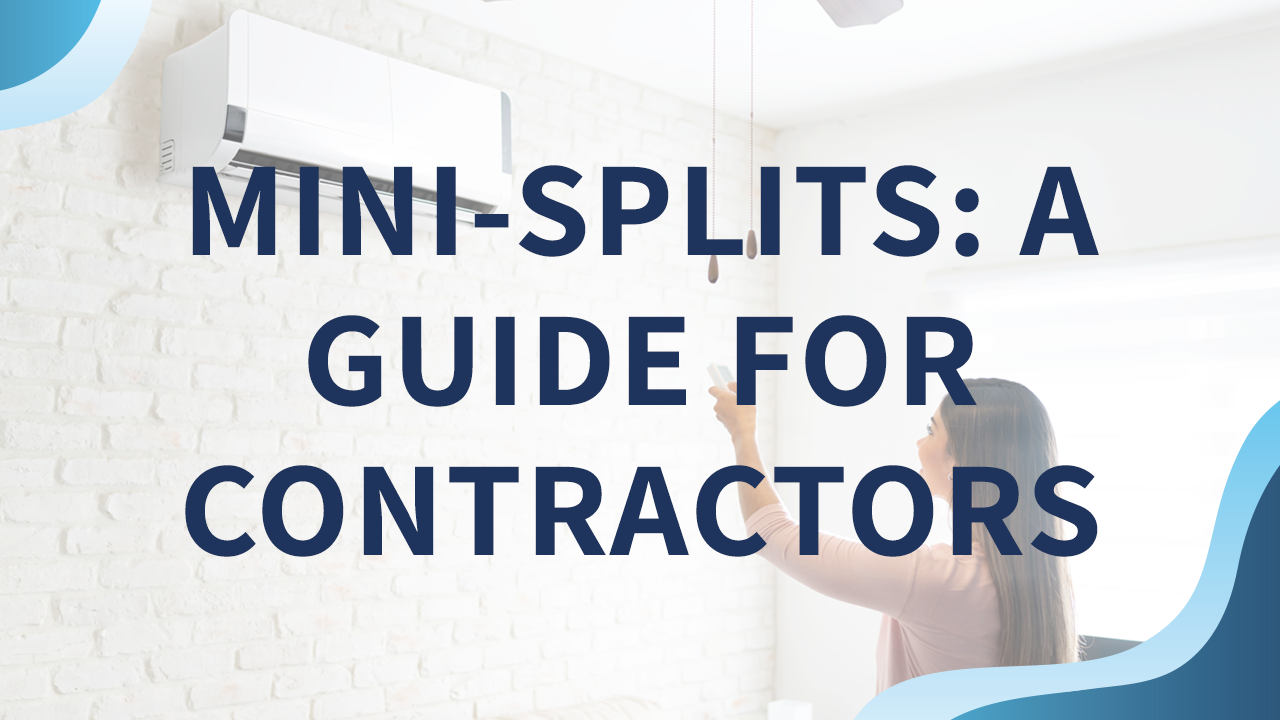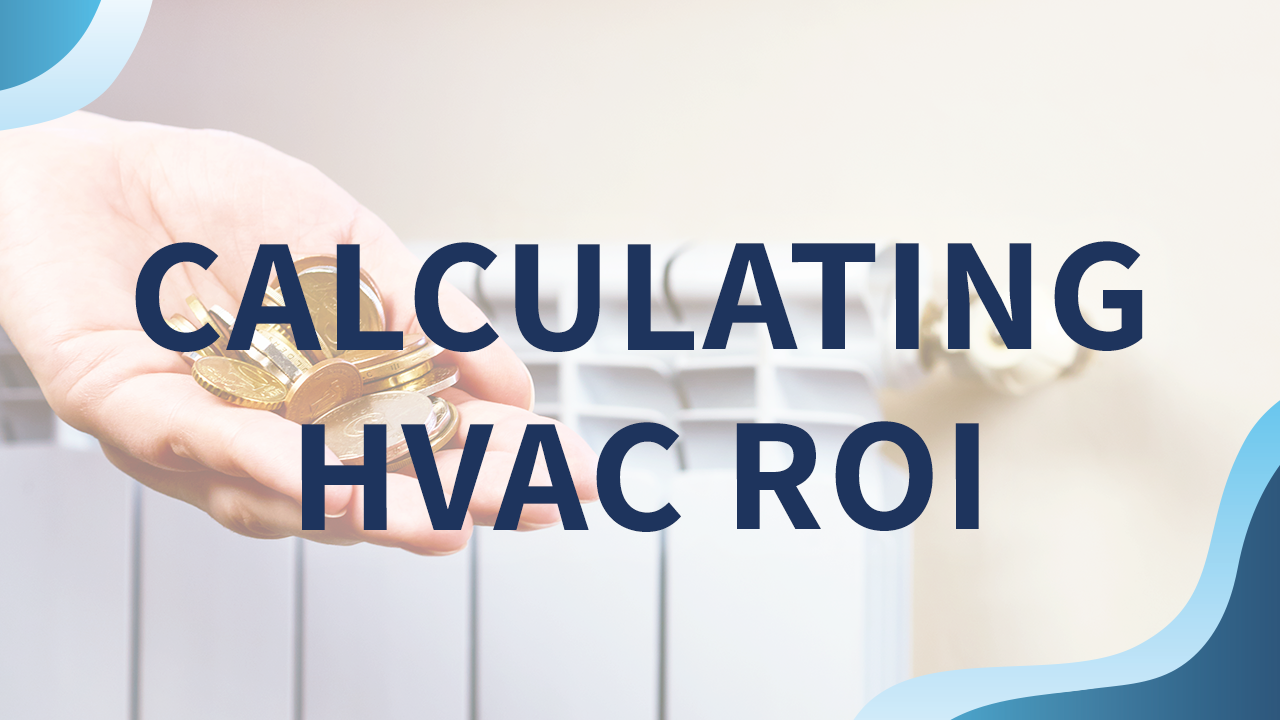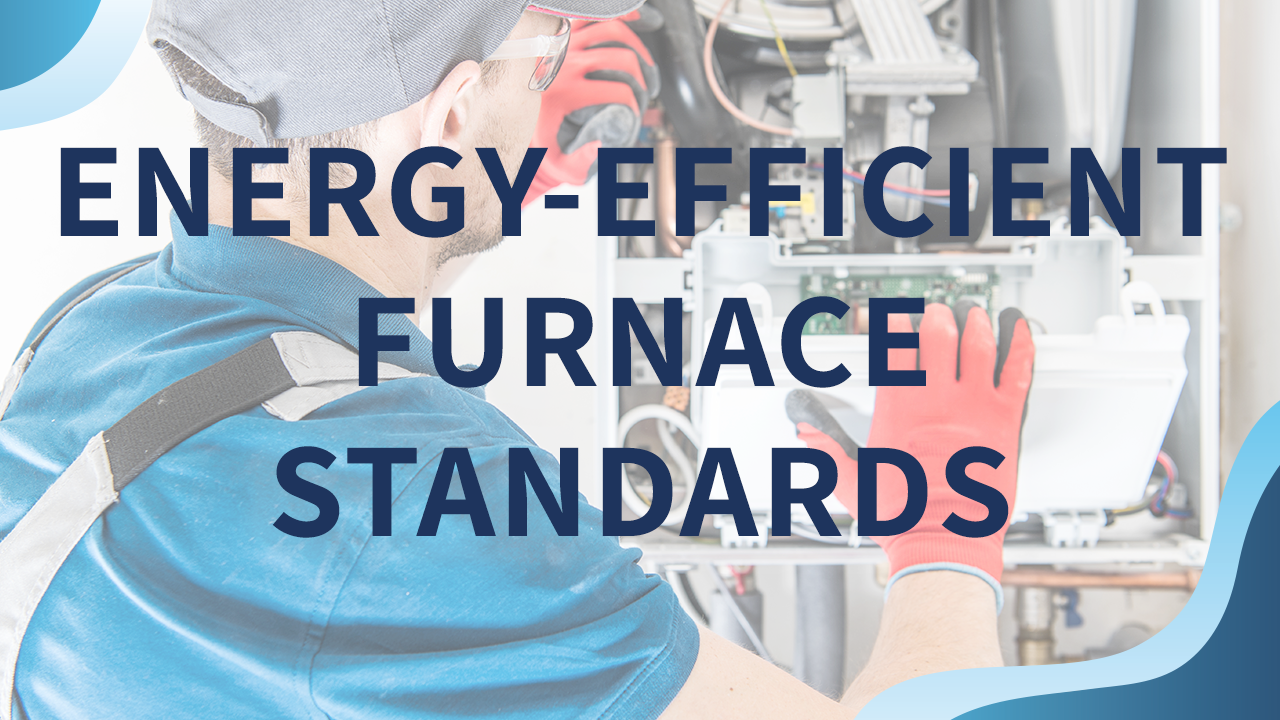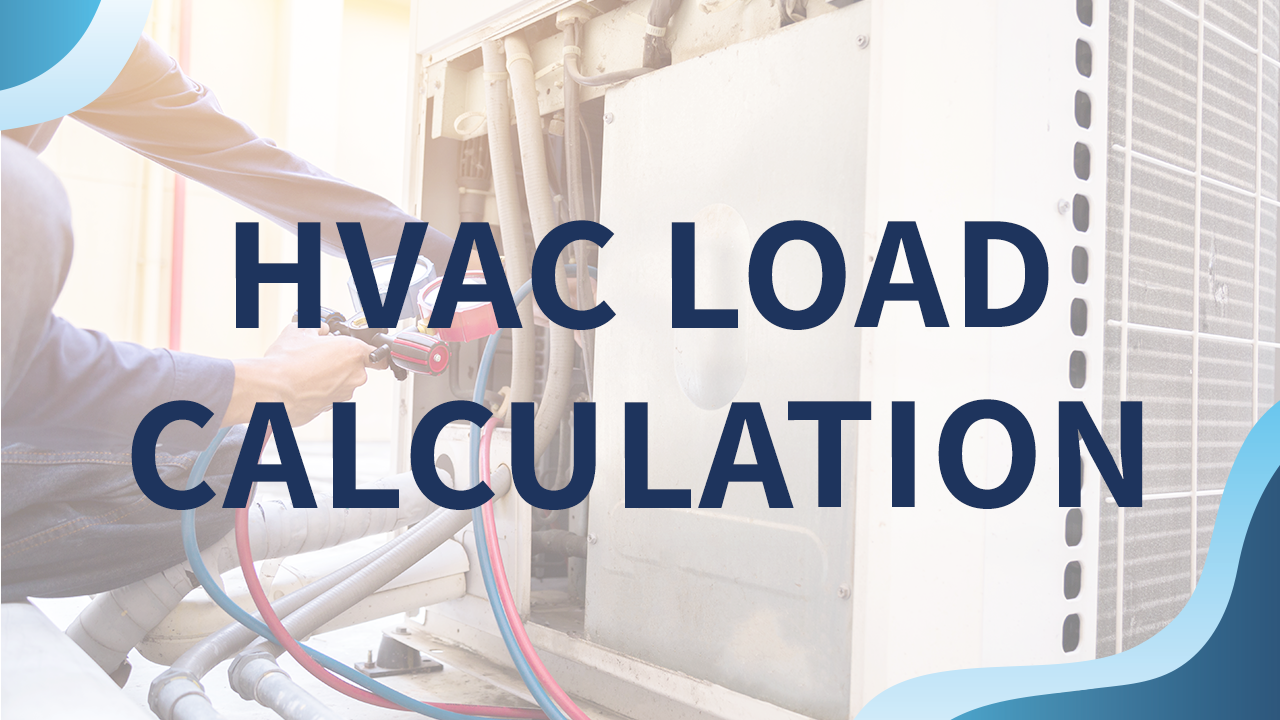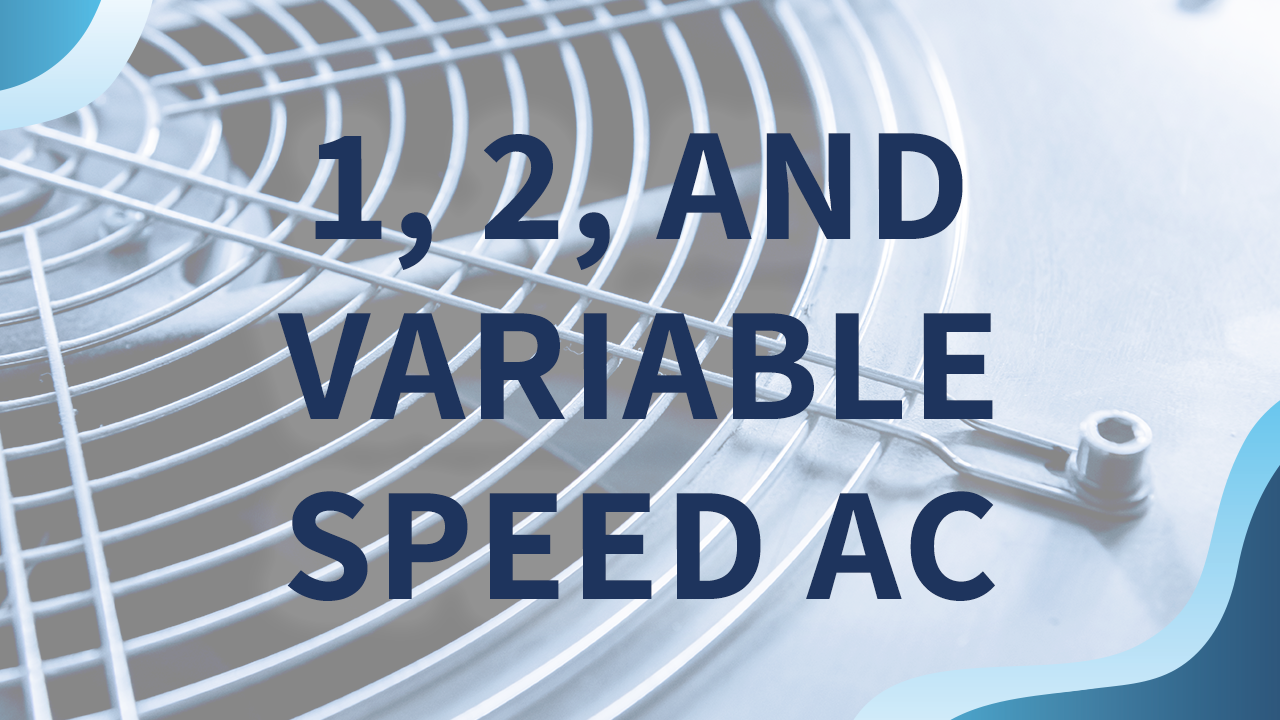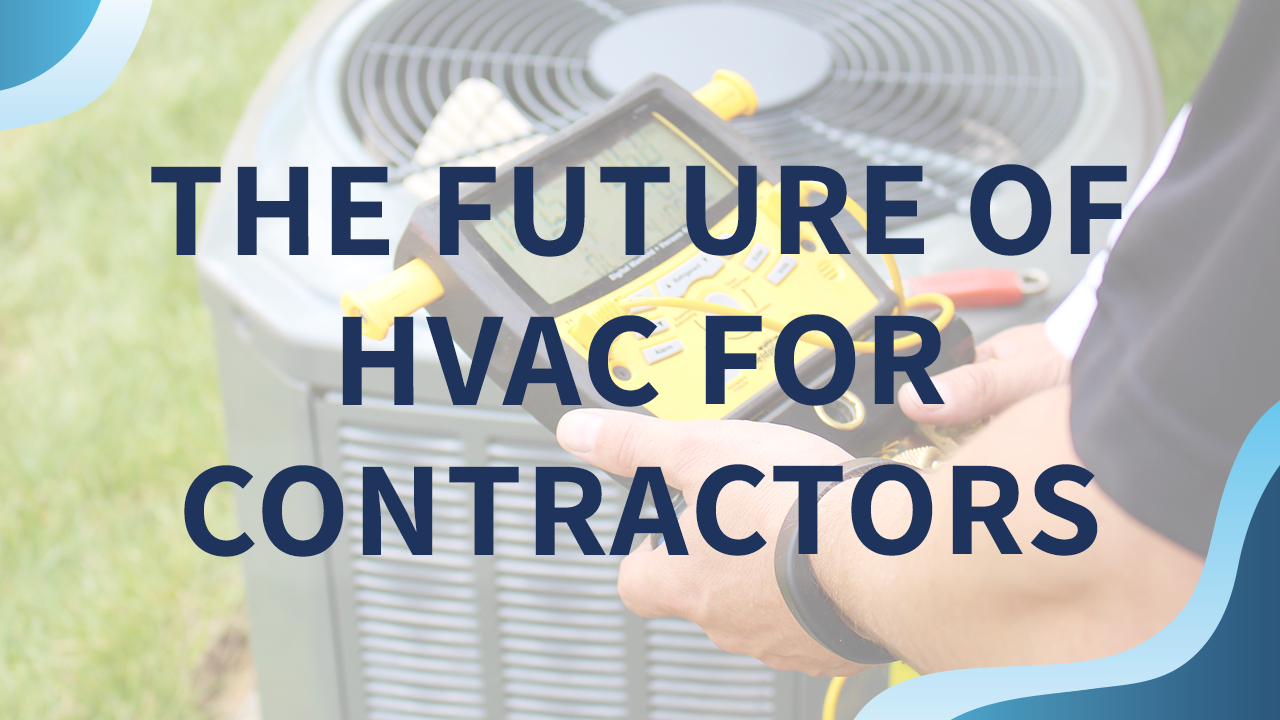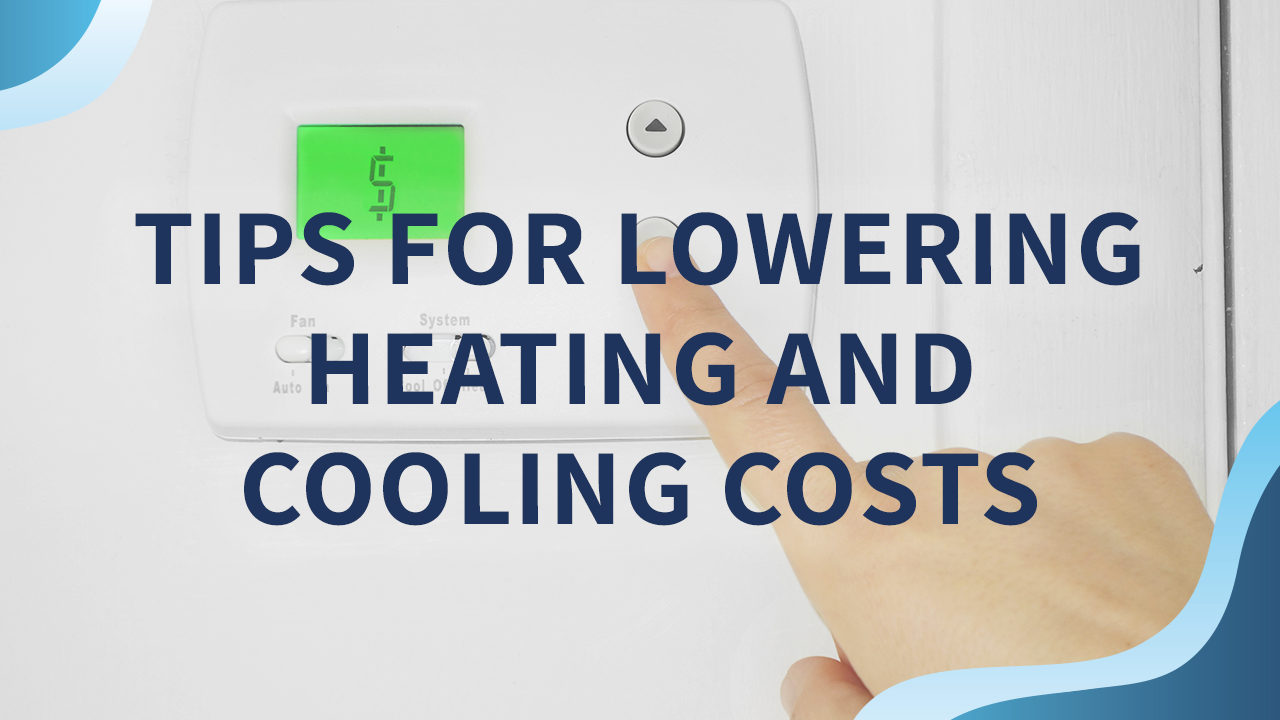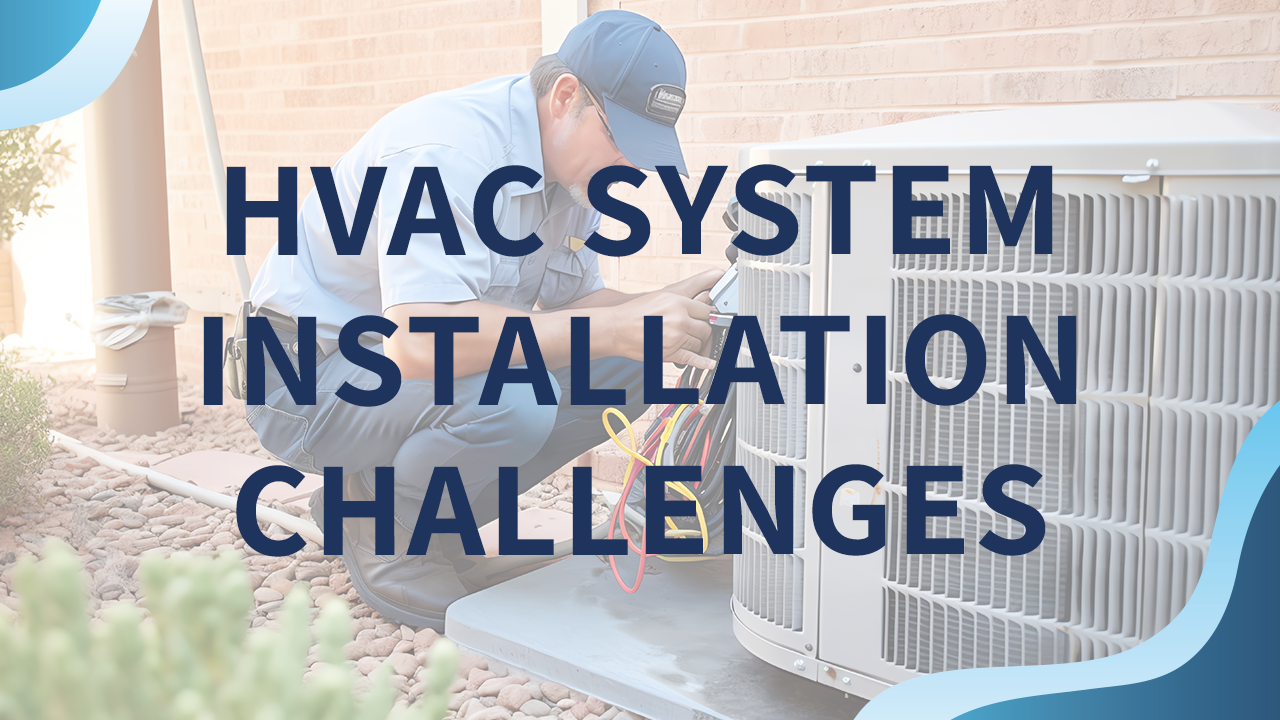The global COVID-19 pandemic of 2020 brought a renewed focus on indoor air quality. After all, people were getting sick from an airborne virus. Increased demand for improved IAQ only makes sense considering the dangers associated with COVID-19. HVAC and specifically indoor ventilation plays a key role in minimizing viral transmission. As the world continues to reopen, and people head back into office buildings and busy shopping centers, the focus on improved IAQ will only increase.
While IAQ monitors and other related technologies are still relatively new to the general population, the pandemic accomplished the work of major marketing efforts in building awareness and persuading consumers that IAQ should be a wellness priority that is just as important as proper diet and exercise. In fact, a 2020 study conducted by Molekule found that 70 percent of Americans would consider purchasing an air purifier as a holiday gift if the technology could remove viruses.
As a natural result of the heightened interest, CE Pro named IAQ as one of its Top 5 Technologies to Watch in 2021. In fact, a variety of technological achievements can help improve IAQ for homeowners, multi-family operators and commercial property owners. The following four technologies are among the top HVAC and IAQ trends in 2021:
1. Smart IAQ Monitors
The Center for Disease Control’s guidance that inadequate ventilation can contribute to the spread of COVID-19 has led to an increased demand for HVAC technologies like IAQ monitors. These gadgets monitor a home and report the levels of common pollutants and other air quality conditions, including high or low humidity, excessive dust, fumes from household cleaners, carbon monoxide and various allergens.
Many IAQ monitors are smart devices that not only report levels of pollutants and allergens, but also communicate with apps for smartphones and tablets to interpret and track the data, while also integrating with smart home technology like Alexa and Google Assistant. Thanks to the Internet of Things, many IAQ monitors can connect with other smart home devices. For example, if the IAQ monitor senses high humidity in a home, it can automatically signal a dehumidifier to turn on.
2. Bipolar Ionization
The increased demand for improved IAQ has led to renewed interest in a technology that’s been around for more than 40 years. Bipolar ionization was originally used to control pathogens in the food manufacturing industry and has since been adapted to combat infectious diseases like those caused by influenza and coronaviruses. The process involves releasing positively and negatively charged oxygen ions into indoor air.
The unbalanced ions attempt to stabilize by swapping electrons with other indoor air molecules, such as those that make up bacteria, viruses and allergens. This exchange neutralizes the pollutants, thereby improving the indoor air quality. Bipolar ionization also enlarges airborne particles, allowing them more easily to be filtered out by an HVAC system.
Plasma Air tested its bipolar ionization system in a Spanish hotel that had been converted to provide housing for medical personnel during the pandemic. The experiments were conducted in makeshift laboratories that simulated ICU hospital rooms, built specifically to test air ionization on small aerosolized viral particles. When the ionized air was released into the testing rooms, researchers recorded a 99 percent reduction in pathogens after ionization exposure.
3. UVC Lighting
UVC, or Ultraviolet-C LED lighting stands among the top emerging IAQ technologies that could help drive away the “darkness” of disease. UV-C is the highest energy type of ultraviolet radiation (compared to A, and B). The short-wavelength ultraviolet light destroys microorganisms by destroying their nucleic acids and disrupting their DNA.
UVC lighting has been used to sterilize surfaces and destroy micro-organisms in food products, as well as indoor air. The devices have been shown to reduce pathogens such as staphylococcus, E. coli and MRSA found on hard, nonporous surfaces by as much as 99.9 percent. Some devices can even be integrated into smart home systems, working in conjunction with technology like Alexa and other IAQ devices. As UVC LEDs are a relatively new product, research on effectiveness is ongoing.
4. Preventative Maintenance
Preventative HVAC maintenance carries a variety of benefits, including increased efficiency and improved longevity of the system. Improved IAQ is perhaps the best reasons of all to remember regular preventative maintenance for all HVAC properties.
A professional HVAC technician can make sure the entire system, including vents, filters and ductwork, are free from debris and harmful pollutants. One of the most obvious forms of preventative maintenance is also one of the most effective in improving IAQ. Changing HVAC filters at least quarterly can help ensure they continue to remove particles from the air. Stronger grade filters that can capture viruses and bacteria should be changed monthly for best IAQ results.
Most HVAC maintenance must be completed by a skilled contractor. Motili offers customers a nationwide network of contractors, and its asset and data management technology tracks a company’s HVAC and hot water properties. The technology analyzes the data generated by each HVAC system and uses it to plan for preventative maintenance and schedule future needs.
